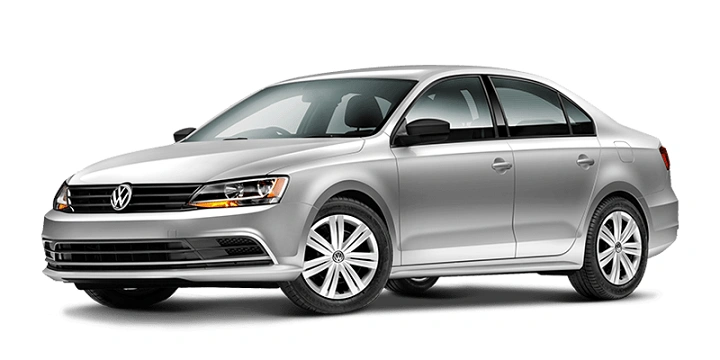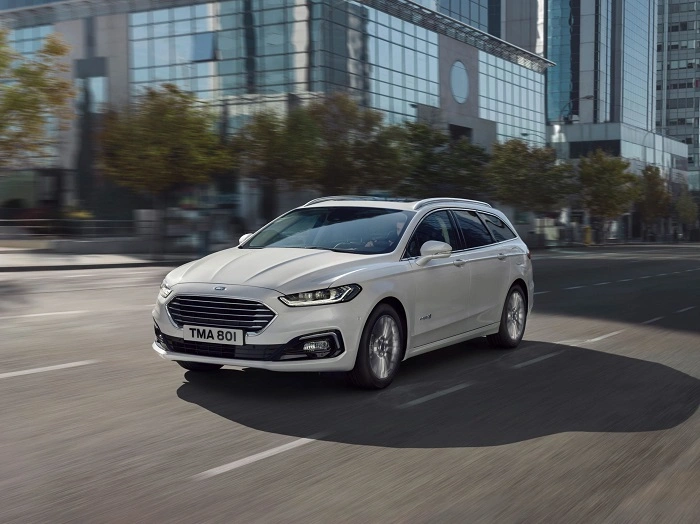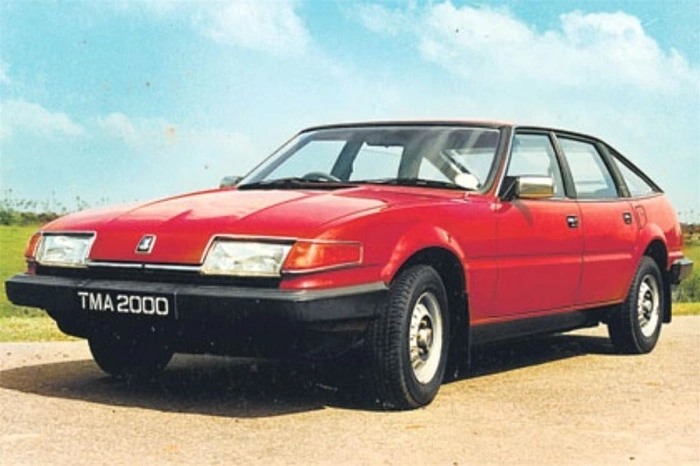Not all cars are designed to impress the world. Not all cars are designed to dominate highways with brute force. Some cars are crafted for less flashy purposes: balance. And that is where the standard car finds its niche in the picture.
A standard car is neither too big, nor too small. It’s a mid-size option, giving drivers just enough space, power, and comfort without overloading them with unnecessary extras. You’ll see them parked outside offices, schools, and grocery stores. They are the steady companions of commuters, students, and families.
In this guide, we’ll take a deep dive into what makes a standard car, what separates it from compacts and full-size models, and why, despite the rise of SUVs and electric vehicles, the standard car still matters.
What Is a Standard Car
The meaning
When car salesmen, rental agencies, or insurance agents use the term “standard car,” they mean a mid-size car or sedan. It’s bigger than compact, smaller than full-size, and built for everyday driving.
Not so much about gears
There’s a worn-out myth: that “standard car” means manual transmission. Actually, it’s a size and category designation, not a gear designation. Many newer standard cars have automatic transmissions.
Its role
Regular automobiles are for the masses. Room for the family. Comfort for long road trips. Economy for everyday driving. In the car market, they’re middle of the road—the price, size, and performance compromise.
Key Features of a Regular Car
Interior room
Room for five adults. A trunk large enough for suitcases, groceries, or sporting equipment. Abundant legroom that compact cars just can’t provide.
Fuel economy
Outstanding in full-size sedan or SUV form, but not significantly better than compacts. Silky smooth mileage from regular size cars, ideal for highway and urban driving.
Performance
Engines typically between 2.0 and 3.5 liters. Horsepower adequate to cruise the highways, but not race tracks.
Technology
Bluetooth, backup cameras, lane-keep systems, entertainment, and touchscreen screens are common on nearly all contemporary ordinary cars. Yesterday’s premium has turned into today’s mainstream.
Affordability
Their cost is mid-range: higher than compact hatchbacks, lower than luxury cars. Which makes them affordable to professionals and families.
Examples of Widely Known Standard Cars
- Toyota Camry
- Honda Accord
- Nissan Altima
- Hyundai Sonata
- Kia K5
- Chevrolet Malibu
- Ford Fusion (still very popular used)
They’re family brands in the mid-size market, with the reliability of the “standard” category.
Why Standard Cars Matter Today
They are perfect for life
Small cars are tight. Sedans are too large. Mid-size cars offer a compromise between performance, space, and price.
They’re not cheap, but they’re not bling
Drivers get great performance, comfort, and amenities without paying luxury prices.
They’re a traveler’s heaven
Rental car companies also like to call mid-size cars “standard.” For travelers, the cars are just the right size: big enough for luggage, small enough to navigate dodgy cities.
They still are all-around
From interstate highways to city streets, from families to professionals, standard cars do it all.
Standard Car vs. Compact Car
- Size: Standard cars are larger, with additional trunk and legroom room.
- Power: Standard cars have larger engines.
- Comfort: Large wheelbase means smoother rides.
- Price: Compacts cost less up front, but standard cars offer more long-term comfort and amenities.
Standard Car vs. Full-Size Car
- Space: Full-size cars score the win with trunk and cabin space.
- Fuel efficiency: Regular cars are gas efficient.
- Cost: Standards are cheaper to buy and run.
- Piloting: Regular cars are easier to park and navigate in busy cities.
Benefits of Regular Cars
- Low initial cost
- High reliability rating
- Resale value remains the same
- Achieves best trade-off of fuel economy and power
- Capable enough for families or commuters
- Models and replacement parts in numbers
Drawbacks of Regular Cars
- They are not as thrilling as sport cars
- They lack the capability of SUVs
- They’re occasionally “spartan” compared to flashier autos
- They lack the power of luxury sedans
But to many buyers, these aren’t defects—they’re proof the plain car is designed with a purpose, not bling.
How Standard Cars Connect Emotionally
It’s fine to drive a dull car. It’s not flashy. It’s not flashy. But it’s comforting. You get in, turn the key, and off it goes. Day to day. Year to year. Constancy for family men. Dependability for commuters. Independence for novices.
These cars do not necessarily leave you speechless, but they leave one with confidence. And confidence is power.
Stories That Standard Cars Tell
Imagine a college student buying his first Honda Accord. Imagine a family taking cross-country treks in a Toyota Camry. Imagine the millions of weekday commuters sipping coffee as their Nissan Altima cruises by on another Monday morning.
Every-day cars are not headline news, but they contain millions of life stories locked inside their doors.
Good Buying Tips for an Every-day Car
- Determine your needs – Do you need additional trunk room? Do you have a long commute daily? The base models are fine, but look to see if the model is a good fit for your way of life.
- Compare brands – Camry, Accord, Sonata, and Malibu all battle fiercely. Warranties, features, and reliability ratings need to be compared.
- Think about fuel economy – Fuel efficiency varies on the engine. Hybrid versions of entry-level cars now get compact-like fuel efficiency.
- Get in before you buy – Comfort of the seats and the legroom differ. Use front seats and rear seats frequently.
- Resale value check – Accord and Camry models hold their value longer compared to their competitors.
Standard Cars in Travel and Rentals
When renting a vehicle, by “standard car” they typically refer to mid-size sedans. Perfect for road trips with buddies. Spacious trunks, smooth highway cruising, and affordable enough not to dent the wallet.
Business travelers adore them too: professional enough for client visits, practical enough for all those road jaunts.
The Future of Standard Cars
Electric vehicles are arriving. But the “normal” mid-size car is not going away. Cars like the Tesla Model 3 or Hyundai Ioniq 6 retain the same equilibrium—space, comfort, fuel economy.
The looks can be altered. The drive systems can be altered. But the function of the normal car won’t: utilitarian, reliable, and versatile.
The Emotional Future
While the SUVs reign supreme and the compacts languish on price, the average car will never die. Why? Because it’s the “just right” vehicle. The Goldilocks vehicle. Just the right amount of everything. Not too much. Not too little. That’s why it’s ageless.
FAQs
What is a “standard car”?
It’s a mid-size vehicle that’s built to strike a balance between space, comfort, and fuel economy.
Is a standard car bigger than a compact?
Yes. Standards are roomier and more comfortable for humans and luggage.
Are standard cars suitable for long-distance road trips?
Yes. They’re reliable, fuel-economical, and highway-friendly cars.
Do standard cars offer modern features?
Yes. Most do now include infotainment systems, safety features, and driver assistance features.
Are standard cars still a smart bargain?
Yes. They’re still sensible, affordable, and reliable choices for tens of millions of drivers.



